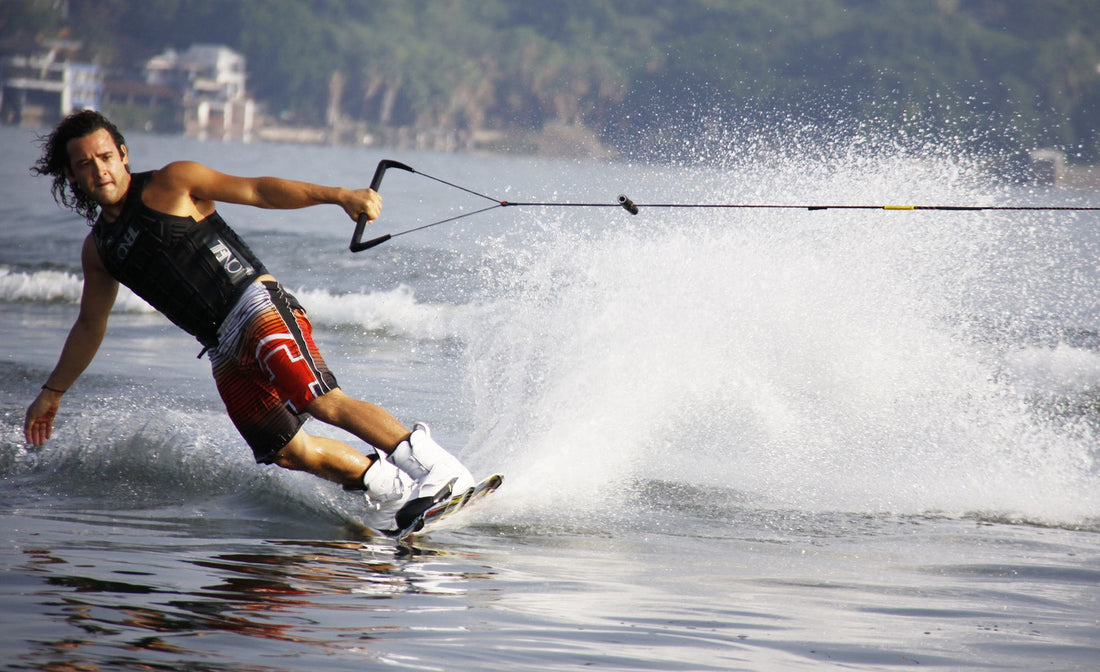Water skiing and jet skiing are both popular water sports, but they involve different equipment and techniques.
1. Water Skiing
Equipment
Water skiing involves using skis, typically made of fiberglass or wood, and a tow rope attached to a motorboat.
Technique
The skier wears bindings on the skis, which attach their feet to the skis. They hold onto a handle connected to the tow rope while being pulled behind a boat. The boat's driver controls the speed, and the skier uses their body movements to navigate and maintain balance on the water.
2. Jet Skiing
Equipment
Jet skiing, also known as personal watercraft (PWC), involves using a motorised watercraft, commonly known as a Jet Ski or Sea-Doo.
Technique
The rider sits or stands on the jet ski and controls its direction and speed using handlebars. Jet skis are propelled by a jet of water expelled from the back of the craft. Riders can perform various maneuvers, such as sharp turns and jumps, depending on their skill level.
While both activities take place on the water and provide an exhilarating experience, they differ in terms of equipment, technique, and the overall experience. Water skiing is often seen as a more traditional water sport, requiring a boat for towing, whereas jet skiing offers more independent and agile control over the watercraft. Both activities can be enjoyed by people of various skill levels, making them popular choices for recreational water enthusiasts.
